What Should Be Known Before Eyebrow Transplantation?
Eyebrow transplantation is a life-changing procedure for many individuals who desire fuller, well-shaped, and natural-looking eyebrows. Whether you’ve lost eyebrow hair due to genetics, trauma, over-plucking, or medical reasons, a transplant can offer a long-lasting solution.
However, before you decide to undergo the procedure, there are several important points you should know. Being well-informed can help you set realistic expectations, reduce anxiety, and ensure a smooth process from consultation to final results.
1. Understand How the Procedure Works
Eyebrow transplantation typically involves using the FUE (Follicular Unit Extraction) technique, where individual hair follicles are harvested—usually from the back of the scalp—and transplanted to the brow area.
- The procedure is minimally invasive and done under local anesthesia.
- The hairs are carefully implanted one by one, following the natural growth direction and desired shape.
- The entire process can take a few hours, depending on the number of grafts required.
2. A Consultation is Crucial
Before the procedure, a detailed consultation with a qualified hair transplant specialist is essential.
During this session, you will:
- Discuss your expectations and desired eyebrow shape.
- Learn whether you’re a suitable candidate (based on skin type, hair texture, health conditions, etc.).
- Receive a personalized treatment plan.
- Get information on pricing and recovery.
3. The Donor Area Matters
- The most common donor area is the back of the scalp, as it contains strong and resistant hair follicles.
- These hairs may grow longer than natural brow hair, so occasional trimming is often required post-transplant.
- If you have limited scalp hair, other body areas may be considered, but this is less common.
⏳ 4. Results Take Time
One of the most important things to understand is that results are not immediate.
- The transplanted hairs often fall out in the first few weeks (a normal part of the process known as “shock loss”).
- New hairs begin to grow around month 3 or 4.
- Final results are typically seen within 9–12 months.
Patience and consistency with aftercare are key!
5. There Are Some Temporary Restrictions
After your procedure, you’ll need to follow some basic care guidelines to protect the grafts and support healing.
- Avoid rubbing, scratching, or applying makeup to the area for at least 7–10 days.
- Stay away from saunas, intense workouts, or swimming during the first week.
- Follow all post-op instructions given by your clinic.
⚖️ 6. Know the Risks and Limitations
While eyebrow transplants are generally safe and successful, it’s important to know:
- There may be slight asymmetry or uneven growth at first.
- Not all transplanted hairs may survive (though survival rates are usually high with a skilled surgeon).
- A touch-up session may sometimes be needed after 8–12 months to perfect the results.
Choosing an experienced clinic significantly reduces these risks.
Final Thoughts
Before getting an eyebrow transplant, it’s essential to educate yourself about the process, timeline, expectations, and aftercare. A successful result depends not just on the skill of your surgeon but also on how prepared and informed you are as a patient.
If you’re considering an eyebrow transplant, our team at Revital Hair Clinic is here to guide you with expert care and personalized advice. Feel free to book a consultation and take the first step toward your dream brows!
Revital Hair Clinic © 2024


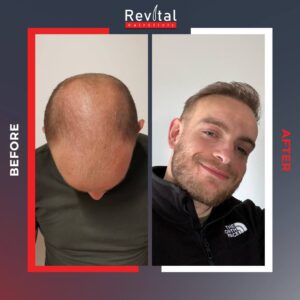
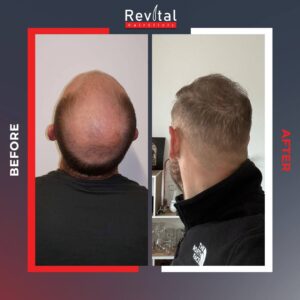
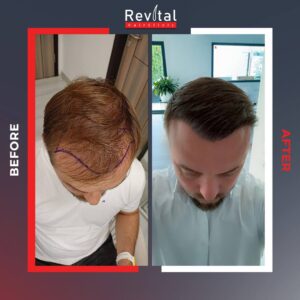



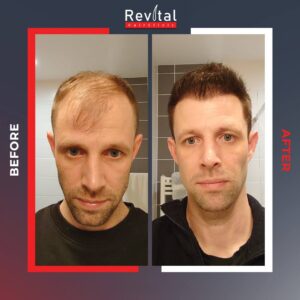
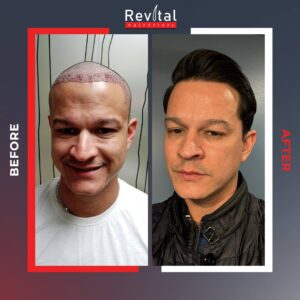

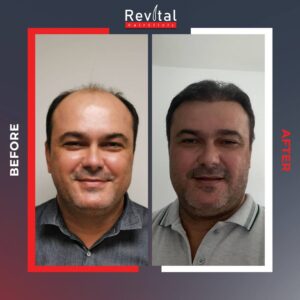
Leave a Reply